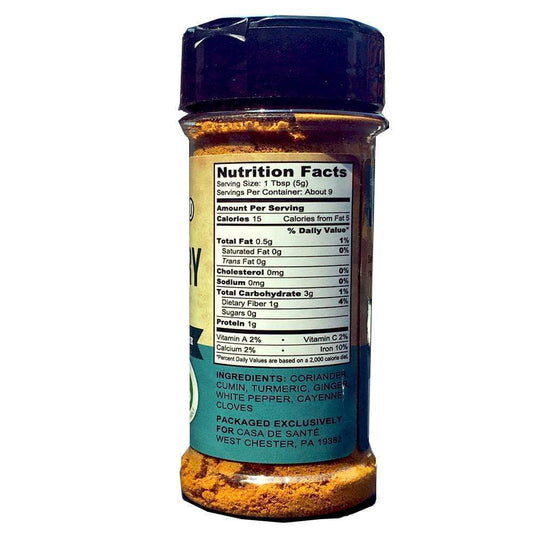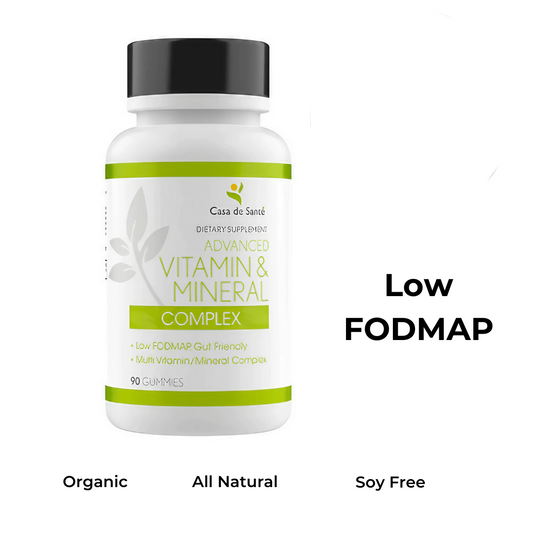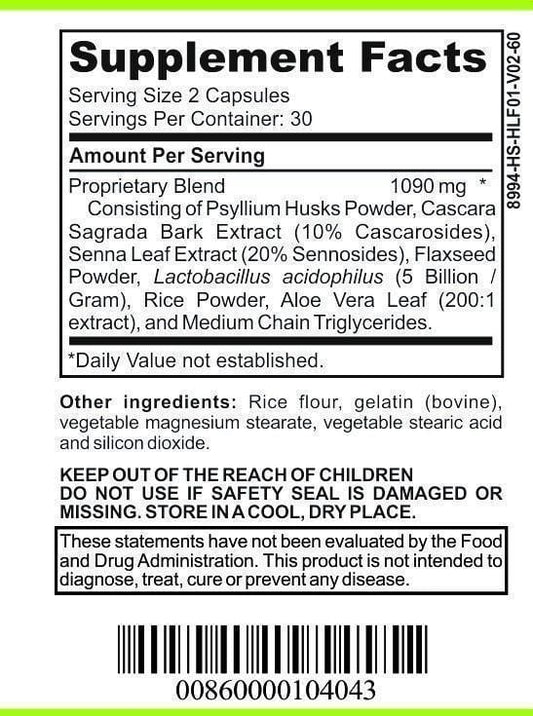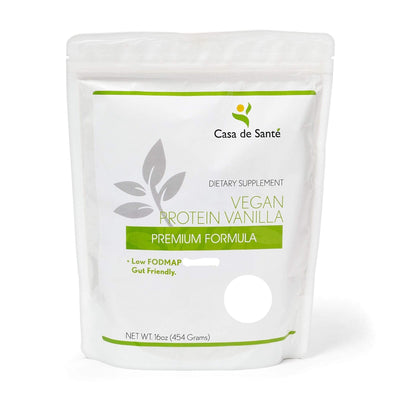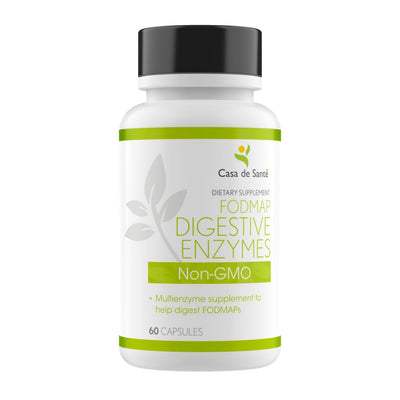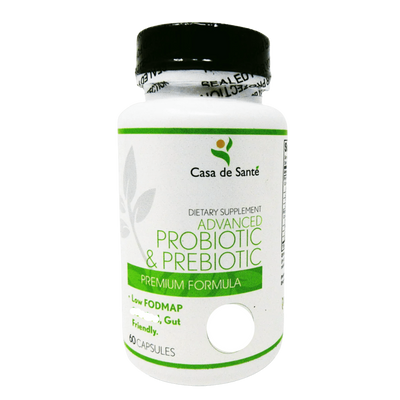Mung Bean Protein Powder Vs Pea Protein Powder
Mung Bean Protein Powder Vs Pea Protein Powder
In recent years, there has been a significant rise in the popularity of plant-based protein powders. With the increasing demand for vegetarian and vegan-friendly options, many individuals are turning to alternative sources of protein to meet their nutritional needs. Two such options that have gained considerable attention are mung bean protein powder and pea protein powder. In this article, we will delve into the details of these two protein powders, comparing their nutritional profiles, amino acid content, digestibility and absorption rates, allergenic potential, sustainability, taste and texture, cooking and baking applications, price point, user reviews and testimonials, potential side effects, and ultimately help you make an informed decision on which protein powder is suitable for your fitness goals.
Introduction: The Rise of Plant-Based Protein Powders
In the past decade, the fitness and health industries have witnessed a monumental shift towards plant-based diets. Not only are these diets believed to have numerous health benefits, but they are also recognized for their positive impact on the environment. As people become more conscious about their food choices, the demand for plant-based protein powders has skyrocketed.
Traditionally, protein powders were primarily derived from animal sources such as whey, casein, and egg. However, as vegetarians and vegans continue to grow in number, the need for viable alternatives has become increasingly important. That's where mung bean protein powder and pea protein powder come into play.
Understanding Mung Bean Protein Powder
Mung bean protein powder is derived from the mung bean, which is a type of legume. These small, green beans are packed with essential nutrients and have been consumed for centuries in various cuisines around the world. Mung bean protein powder is obtained by removing the outer skin of the beans, grinding them into a fine powder, and then further processing to isolate the protein content.
One of the key advantages of mung bean protein powder is its high protein content. It contains all nine essential amino acids that the body requires for optimal health. Additionally, it is gluten-free and has a low potential for allergenic reactions, making it suitable for individuals with special dietary requirements or sensitivities.
Exploring the Benefits of Mung Bean Protein Powder
Beyond its impressive protein content, mung bean protein powder boasts several notable benefits. Firstly, it is rich in fiber, which plays a crucial role in supporting digestive health and promoting feelings of fullness. This can be particularly beneficial for individuals looking to manage their weight or enhance their satiety levels. Additionally, mung bean protein powder is a good source of vitamins, minerals, and antioxidants, contributing to overall wellbeing.
Moreover, mung bean protein powder has been associated with potential anti-inflammatory and anti-cancer properties. Some studies suggest that certain compounds present in mung beans may exhibit protective effects against chronic diseases, although further research is needed to fully understand the extent of these benefits in humans.
Nutritional Profile: Mung Bean Protein Powder vs Pea Protein Powder
When it comes to comparing the nutritional profiles of mung bean protein powder and pea protein powder, there are a few important factors to consider. Both protein powders are excellent plant-based sources of protein. However, they differ slightly in their macronutrient composition.
Mung bean protein powder tends to have a higher protein content compared to pea protein powder. On average, mung bean protein powder contains around 25 grams of protein per serving, while pea protein powder typically provides approximately 20 grams per serving. This disparity may be appealing to those seeking a protein powder with a higher protein concentration.
Furthermore, mung bean protein powder is generally lower in carbohydrates and fats compared to pea protein powder. For individuals following low-carb or low-fat diets, mung bean protein powder may be a more suitable option. However, it is important to note that these differences in macronutrient composition may vary among brands, so it is advisable to read product labels for accurate information.
Comparing Protein Content: Mung Bean vs Pea Protein Powder
Protein content is a crucial aspect to consider when choosing a protein powder, as individuals often rely on these supplements to meet their daily protein needs. Both mung bean protein powder and pea protein powder are recognized for their impressive protein content. However, there are slight variations in the types and amounts of amino acids they provide.
Mung bean protein powder is considered a complete protein, meaning it contains all nine essential amino acids. These amino acids are vital for various bodily functions, including muscle synthesis, immune system support, and hormone production. Some essential amino acids found in mung bean protein powder include leucine, isoleucine, valine, lysine, and methionine.
Pea protein powder, on the other hand, lacks one essential amino acid called methionine. However, it is rich in other essential amino acids like arginine, which plays a role in the production of nitric oxide, a compound that promotes healthy blood flow and cardiovascular function.
Although the slight differences in amino acid composition may not be significant for most individuals, athletes and those with specific dietary requirements may want to consider these nuances when making their choice.
Amino Acid Profile: Which Protein Powder Has the Superior Profile?
In terms of amino acid profiles, both mung bean protein powder and pea protein powder offer valuable benefits. However, determining which protein powder has the superior profile depends on individual needs and goals.
As mentioned earlier, mung bean protein powder is a complete protein, providing all nine essential amino acids. This makes it an excellent option for individuals looking for a comprehensive amino acid profile to support muscle growth, recovery, and overall health. Moreover, the amino acid profile found in mung bean protein powder closely resembles that of animal-based protein powders, further enhancing its appeal.
On the other hand, pea protein powder, while lacking in methionine, is particularly high in the amino acid arginine. Arginine is involved in numerous physiological processes, including wound healing, immune function, and the synthesis of nitric oxide. Individuals who prioritize cardiovascular health or are concerned with nitric oxide production may find the arginine content in pea protein powder advantageous.
Ultimately, the choice between these two protein powders depends on personal goals and dietary requirements. Some individuals may benefit from the complete amino acid profile in mung bean protein powder, while others may find the arginine content in pea protein powder more appealing.
Digestibility and Absorption: Mung Bean vs Pea Protein Powder
Efficient digestion and absorption of protein are vital for maximizing its benefits. Both mung bean protein powder and pea protein powder are well-tolerated and easily digested by most individuals.
Mung bean protein powder is recognized for its digestibility, as it contains lower levels of commonly reported allergens like lactose and gluten. For individuals with sensitivities or allergies to these substances, mung bean protein powder may offer a more comfortable and easily digestible option.
Pea protein powder, on the other hand, is also known for its ease of digestion. The presence of digestive enzymes, such as proteases, within pea protein itself, aids in the breakdown of proteins and promotes better absorption and utilization by the body.
Overall, both mung bean protein powder and pea protein powder are unlikely to cause digestive discomfort or issues. However, personal tolerance may vary, so it is always recommended to start with a smaller serving size and gradually increase as tolerated.
Allergies and Sensitivities: Which Protein Powder is Better for Allergen-Free Diets?
If you suffer from allergies or have dietary restrictions, selecting a protein powder that is allergen-free is essential. Both mung bean protein powder and pea protein powder are generally considered safe for individuals with common food allergies or sensitivities.
Mung bean protein powder is naturally gluten-free, making it suitable for those with gluten sensitivities or celiac disease. Additionally, it is not derived from common allergenic sources like dairy or soy, making it an excellent option for individuals with milk or soy allergies.
Pea protein powder is also gluten-free and does not contain dairy, making it suitable for individuals with gluten or lactose sensitivities. Furthermore, it is free from common allergens like eggs and nuts, making it a safer choice for individuals with allergies to these foods.
Both mung bean protein powder and pea protein powder provide allergen-free alternatives for individuals seeking plant-based protein options. However, it is crucial to read product labels carefully, as some protein powders may contain added ingredients or be processed in facilities that handle allergenic substances.
Sustainability and Environmental Impact: Examining the Eco-Friendliness of Mung Bean and Pea Protein Powders
As the world becomes increasingly conscious of the environmental impact of food production, sustainability has become a significant factor in dietary choices. When comparing mung bean protein powder and pea protein powder, both options present certain advantages in terms of sustainability.
Both mung bean and pea crops are known for their ability to fix nitrogen in the soil, reducing the need for synthetic fertilizers and promoting soil health. Additionally, both legumes require less water compared to other protein sources like animal-based proteins. This lower water requirement contributes to reducing water usage, an essential element in sustainable agriculture.
However, it is important to note that the environmental impact of protein powder production goes beyond the raw materials. Factors such as transportation, processing methods, and packaging also play a role in assessing the overall sustainability of a product. When making your decision, consider factors beyond the crop itself.
Taste and Texture Comparison: Which Protein Powder Wins in Flavor?
The taste and texture of a protein powder are often key factors in determining its palatability and ease of consumption. While personal preferences may vary, mung bean protein powder and pea protein powder offer different sensory experiences.
Mung bean protein powder is known for its neutral taste and smooth texture. It blends well with other ingredients and is considered versatile in its application. Many users find mung bean protein powder to be milder in flavor compared to other protein powders, making it easier to incorporate into a variety of recipes and beverages without overpowering the taste.
Pea protein powder, on the other hand, has a slightly earthy taste that may take some getting used to for those who prefer milder flavors. It can have a slightly grainy texture when mixed with liquids, which may not appeal to some individuals. However, blending or using a shaker bottle can help minimize any texture-related concerns.
To determine which protein powder offers a more enjoyable taste and texture experience, it is recommended to try small samples or purchase single-serving packs of both options to find the one that best suits your preferences.
Cooking and Baking Applications: How to Incorporate Mung Bean and Pea Protein Powders into Your Recipes
Protein powders are not limited to being consumed solely as a drink. They can also be incorporated into a wide variety of recipes, adding a nutritional boost to your favorite meals and snacks. When it comes to cooking and baking, both mung bean protein powder and pea protein powder can be utilized in numerous creative ways.
Mung bean protein powder, with its subtle taste and smooth texture, lends itself well to various culinary applications. It can be easily added to smoothies, shakes, pancakes, muffins, and even savory dishes like soups or stews. Its versatility makes it a popular choice among those looking to enhance the nutritional content of their meals without altering the taste significantly.
Pea protein powder, with its slight earthy taste and texture, can also be used in a variety of recipes. It can be incorporated into energy bars, protein balls, baked goods, or as a thickening agent in soups and sauces. Its unique flavor profile may be more suitable for individuals who prefer a slightly stronger taste in their recipes.
When utilizing protein powders in cooking and baking, it is important to experiment with different recipes and adjust the amount of powder according to personal taste preferences. The possibilities are endless, and with a little creativity, you can find exciting ways to incorporate these plant-based protein powders into your favorite dishes.
Price Comparison: Is Mung Bean or Pea Protein Powder More Economical?
Price is always a crucial factor when choosing any dietary supplement. While the cost of protein powders can vary depending on brand, quality, and packaging size, generally speaking, both mung bean protein powder and pea protein powder are similar in terms of affordability.
Both protein powders are widely available in the market, catering to the increasing demand for plant-based alternatives. Comparing prices from various brands and retailers can help you find the best deal and the most affordable option without compromising quality.
Ultimately, the choice between mung bean protein powder and pea protein powder should be based on your specific needs and preferences, considering factors beyond just the price point.
User Reviews and Testimonials: Real Experiences with Mung Bean and Pea Protein Powders
When making any dietary decision, it can be helpful to consider the experiences of others who have already incorporated certain products into their routines. User reviews and testimonials provide insight into the taste, effectiveness, and overall satisfaction with a particular protein powder.
Both mung bean protein powder and pea protein powder have garnered positive reviews from users. Many individuals have reported satisfaction with the quality, taste, and overall performance of these protein powders in achieving their fitness and health goals.
However, it is essential to remember that everyone's experiences may vary, and what works for one person may not necessarily work for another. It is advisable to read multiple reviews, consider the credibility of the sources, and consult with a healthcare professional or nutritionist if you have specific concerns or dietary requirements.
Potential Side Effects: Are There Any Risks Associated with Consuming Mung Bean or Pea Protein Powders?
Protein powders, when consumed in moderation and as part of a balanced diet, are generally safe for most individuals. Both mung bean protein powder and pea protein powder are considered safe and well-tolerated by the majority of users. However, it is important to note that some individuals may experience certain side effects.














